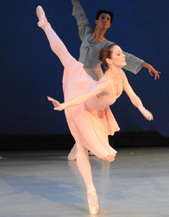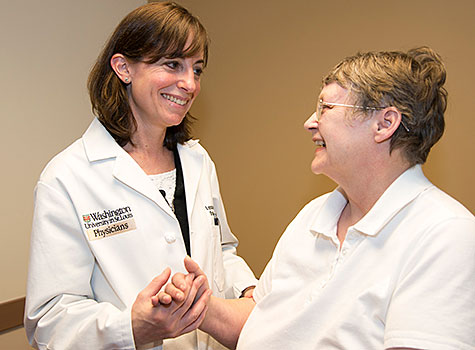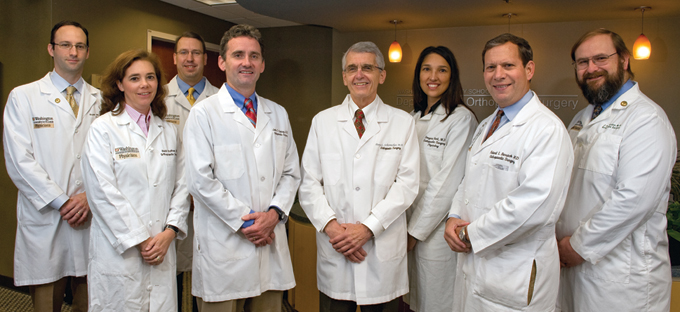In her 12 years with the St. Louis Ballet company — during which time
she danced many lead roles and rose to international acclaim —
principal ballerina Tanya Strautmann had missed only one day of class
and performing. So when hip pain forced her to take two days off in the
Spring of 2008, she knew she had crossed the threshold from what she
calls “good pain” into “bad pain.”

“Dancers always have aches, but as I tried to push through, I
eventually knew that something was not right.” After the two days off,
she returned to class and “couldn’t do anything,” she says.
Visits to several doctors were unproductive, primarily, she believes,
because many physicians can’t fully appreciate the movement required of
dancers. “A long-distance runner’s knee might be the most challenging
case most doctors see,” but a much wider range of graceful movement is
required of a ballerina, and treating a dancer “takes a special
awareness,” she says.
Then Strautmann recalled a lecture she had heard by
Devyani Hunt, MD,
and her colleagues in the Medical Program for Performing Artists group
at Washington University School of Medicine’s Department of Orthopaedic
Surgery. Hunt, assistant professor of orthopaedic surgery and a
specialist in physical and rehabilitative medicine, also is a dancer.
“She understands a dancer’s needs and speaks the language,” Strautmann
says, “so when I say ‘developpe,’(a movement in which the working leg is
drawn up to the knee of the supporting leg, then smoothly out into the
air) she knows precisely the motion I’m describing.”
After X-rays ruled out arthritis and revealed that no bone had been
fractured, Hunt suspected that Strautmann may have suffered a hip labral
tear, an injury in which the ring of protective cartilage around the
outside rim of the hip socket is damaged. Pain and limited range of
motion are common symptoms of a labral tear, and athletes and dancers
who engage in repetitive twisting or pivoting motions often are
affected.
Continue reading Tanya's story here


